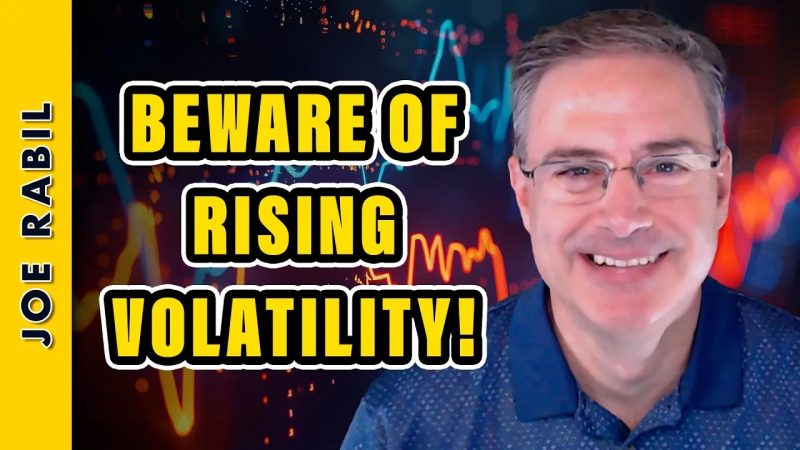Rising Volatility: Navigating the Current Market Landscape
Understanding the Impact of Volatility on the Stock Market
In recent months, investors have been closely monitoring the rising volatility in the stock market, as various economic and geopolitical factors continue to create uncertainty and market fluctuations. Volatility, often measured by the VIX index or the fear gauge, reflects the market’s expectations for future price movements, with higher levels indicating increased uncertainty and risk.
The Relationship Between Volatility and Risk
One key relationship that investors need to understand is the link between volatility and risk. While volatility itself is not necessarily a bad thing, it does increase the potential for unexpected price swings and can lead to heightened market stress. Investors who are unprepared for increased volatility may face challenges in managing their portfolios and may be more susceptible to losses in turbulent market conditions.
Implications for Investment Strategies
The rising volatility in the current market environment has significant implications for investment strategies. Investors may need to adjust their approach to account for higher risk levels and potential market shocks. Diversification across different asset classes, geographies, and sectors can help mitigate risk and reduce the impact of volatility on a portfolio.
Furthermore, investors may consider incorporating hedging strategies, such as options or inverse ETFs, to protect against downside risk during periods of heightened volatility. While these strategies may incur additional costs, they can provide a level of insurance against sudden market downturns and help safeguard investment returns.
Adapting to Changing Market Conditions
In a volatile market environment, it is crucial for investors to remain flexible and adaptable in their approach. Staying informed about market trends, economic indicators, and geopolitical developments can help investors anticipate potential risks and opportunities and make informed decisions about their investments.
Moreover, maintaining a long-term perspective and avoiding impulsive reactions to short-term market movements can help investors ride out periods of volatility and stay focused on their investment goals. By staying disciplined and sticking to a well-thought-out investment plan, investors can navigate the current market landscape and weather prevailing market conditions.
In conclusion, rising volatility in the stock market presents challenges and opportunities for investors. By understanding the impact of volatility on the market, recognizing the relationship between volatility and risk, and adjusting investment strategies accordingly, investors can position themselves to navigate the current market environment successfully. Staying informed, diversifying portfolios, and maintaining a long-term perspective are key steps for investors looking to thrive in a volatile market landscape.
